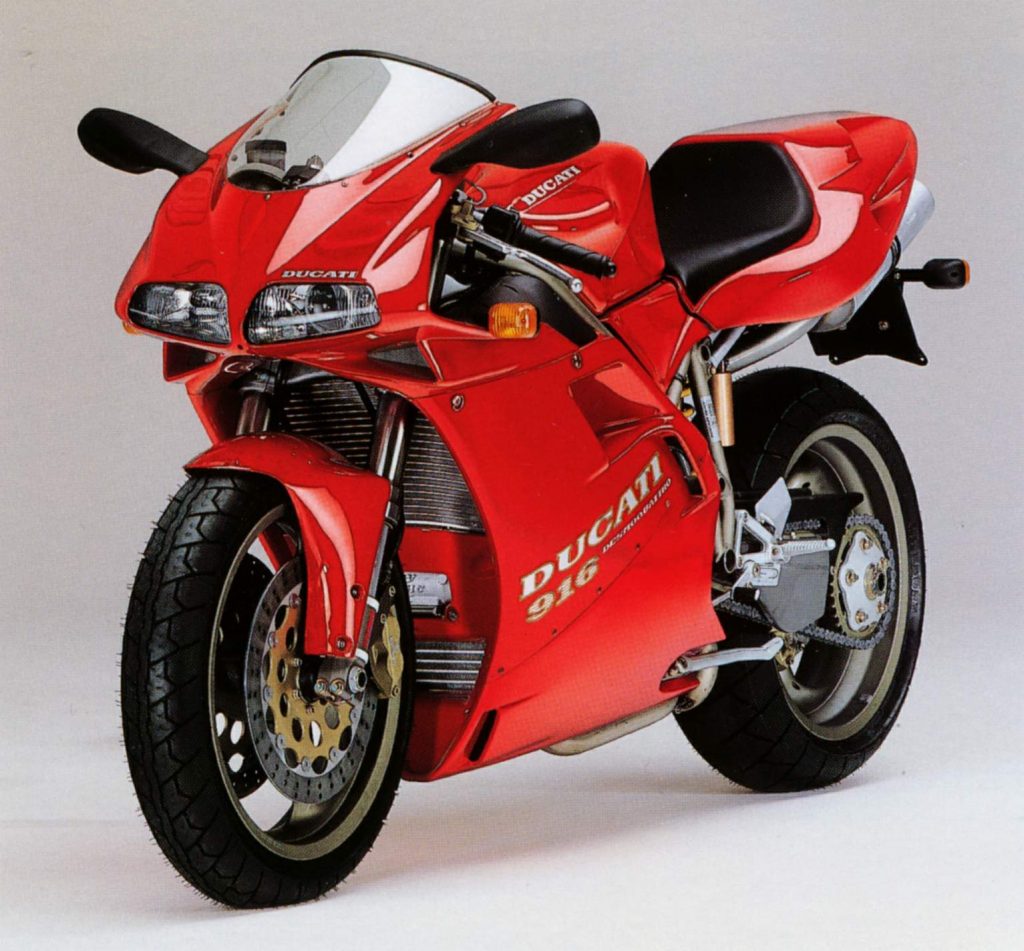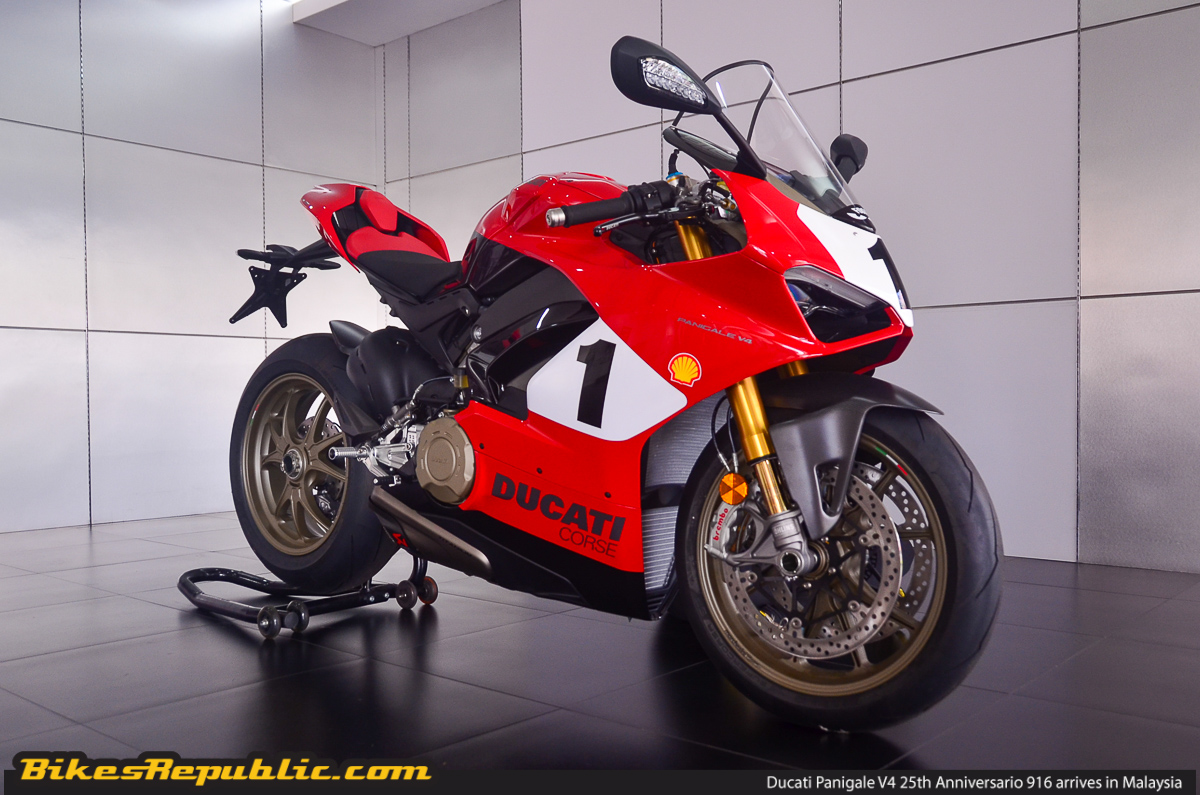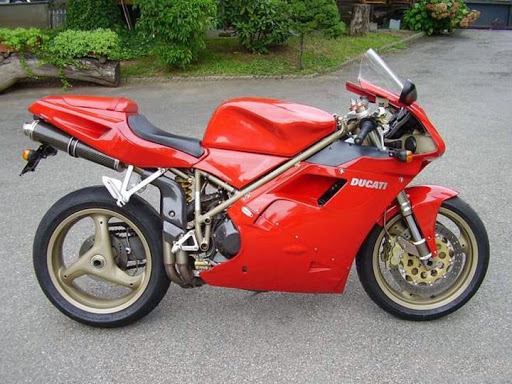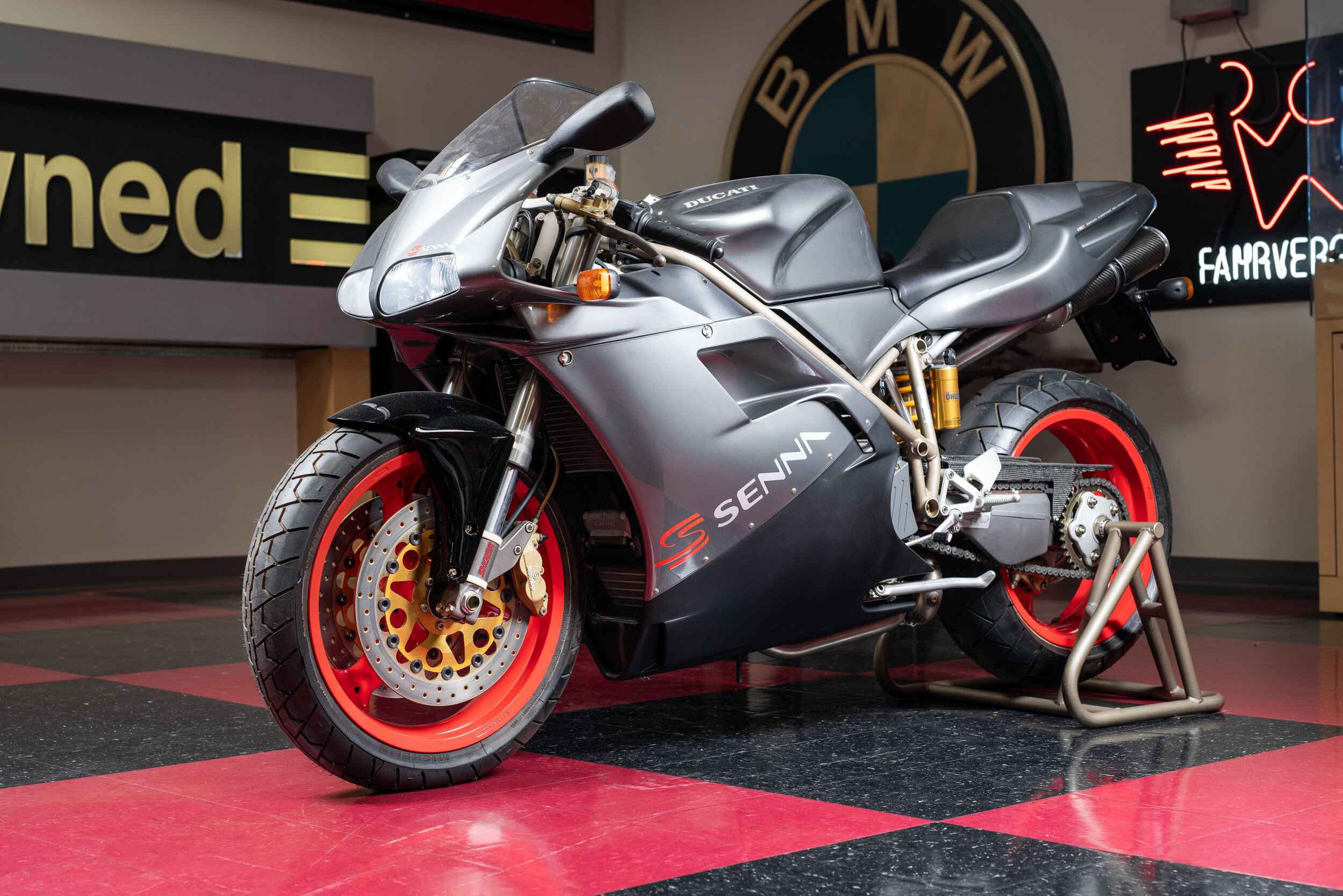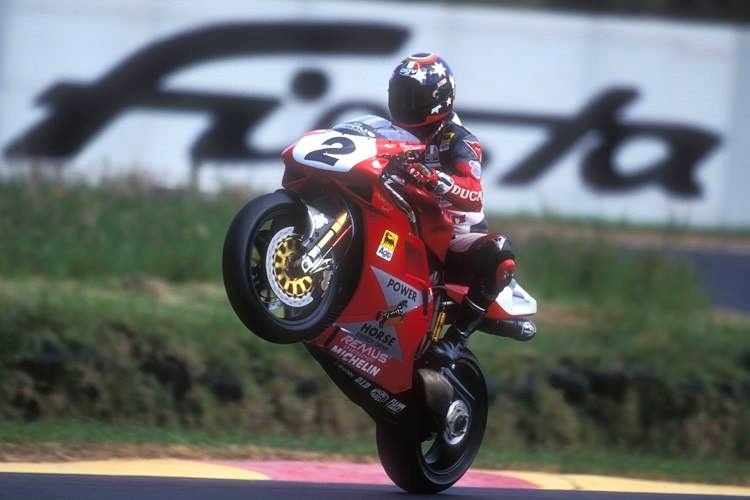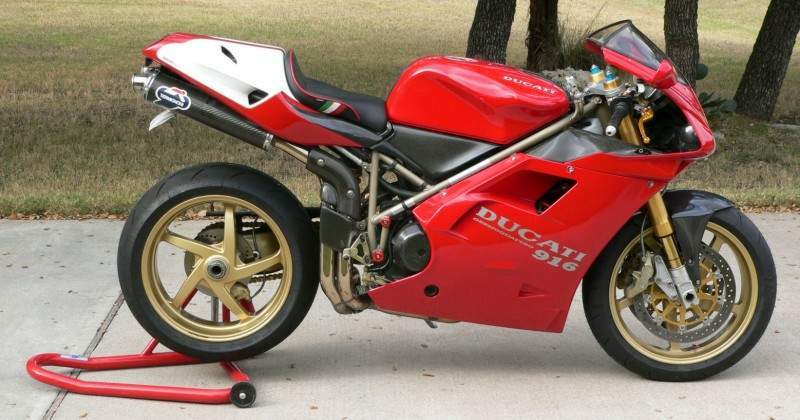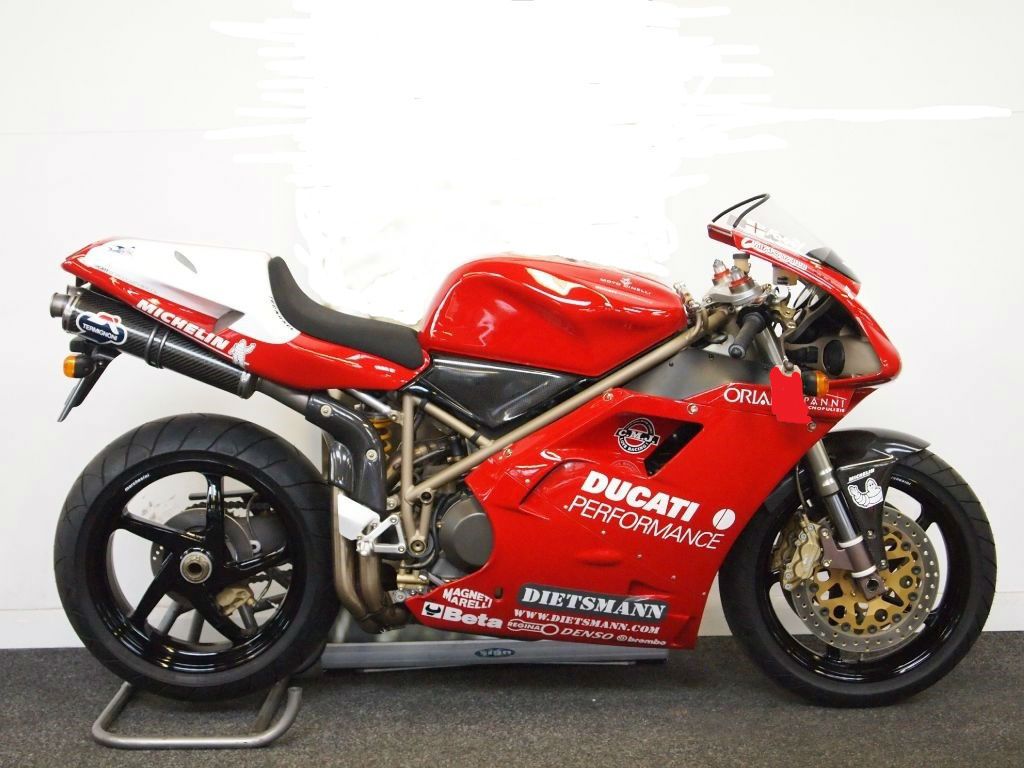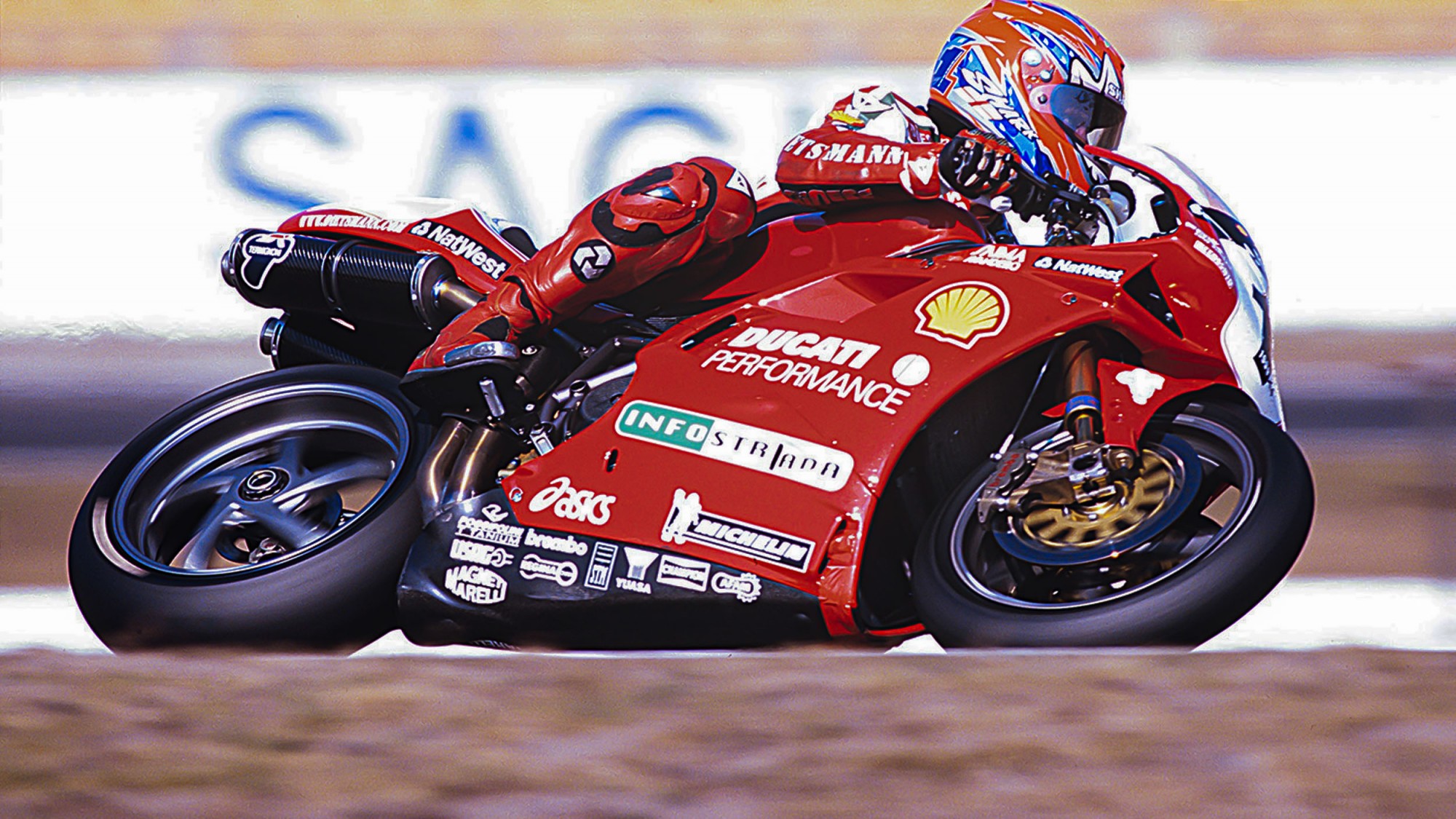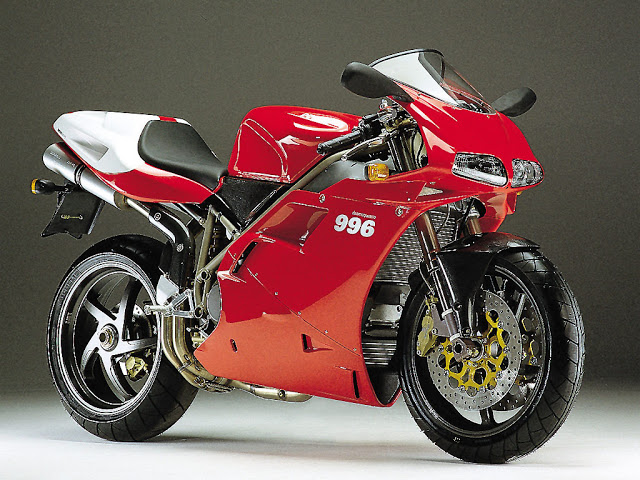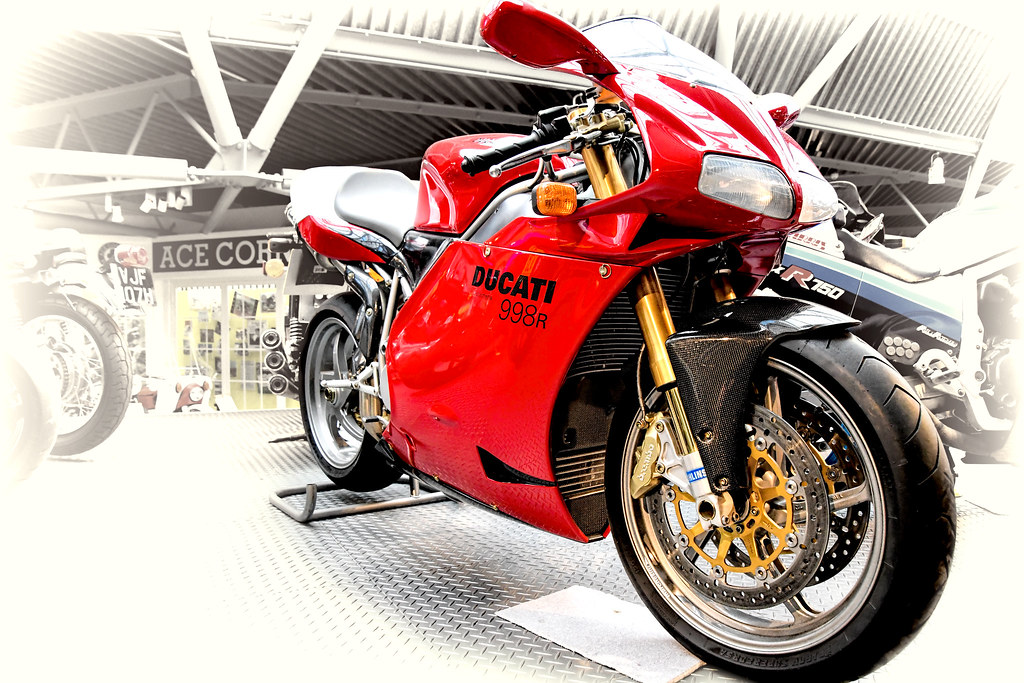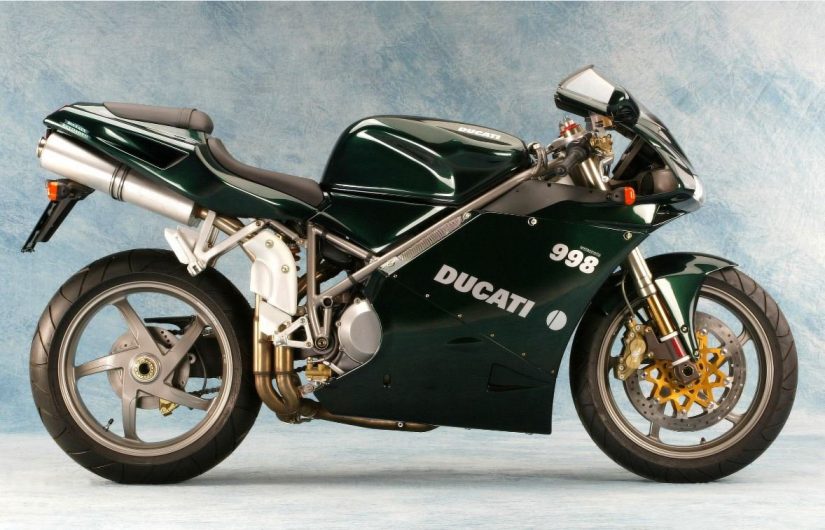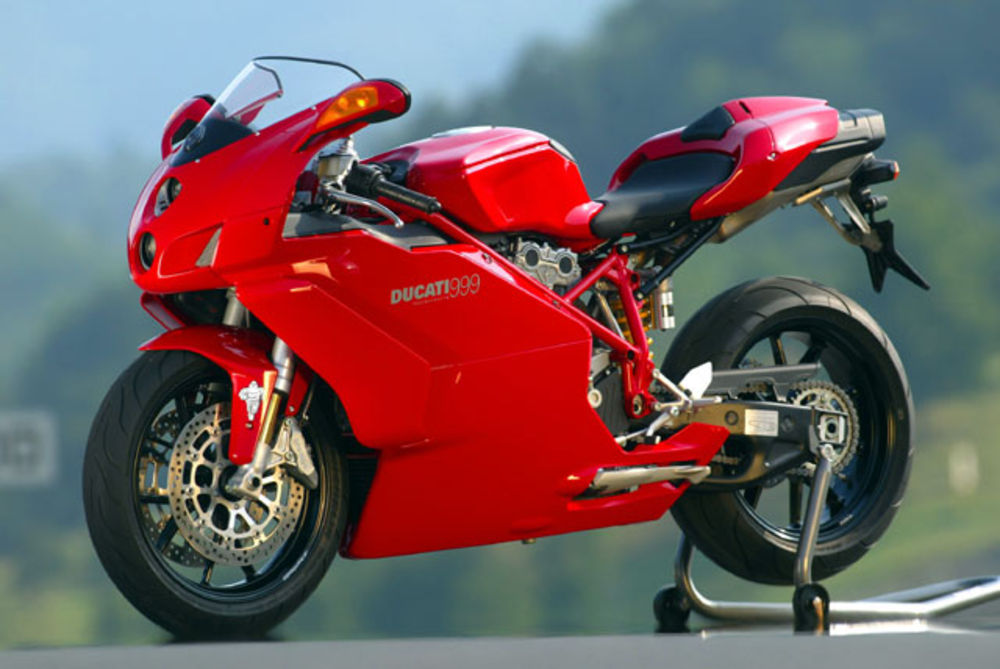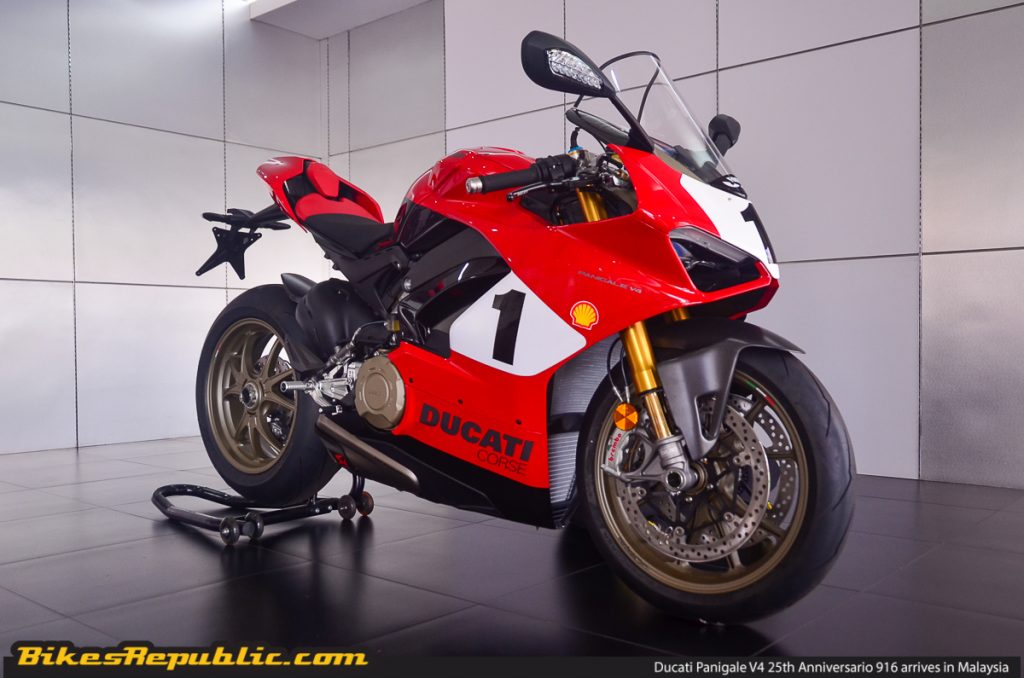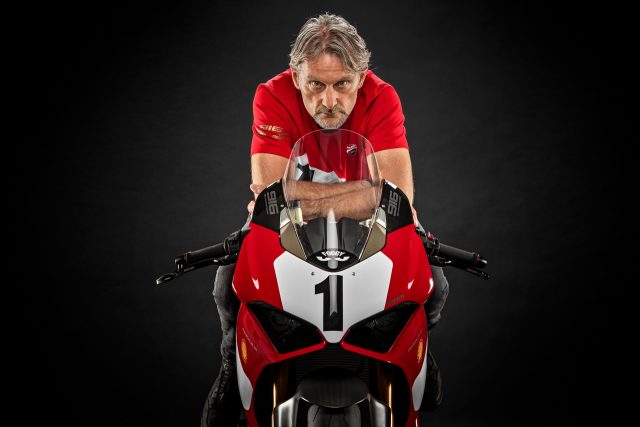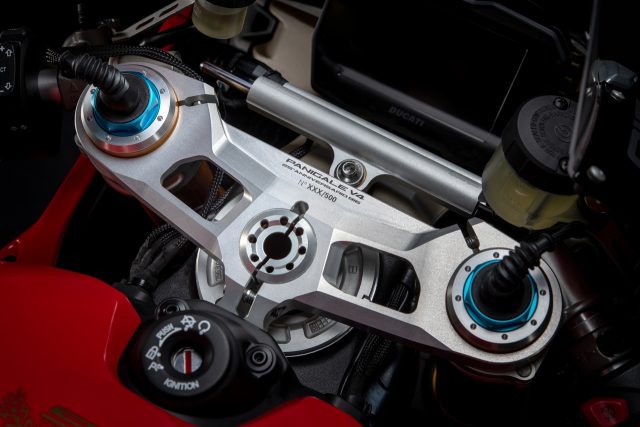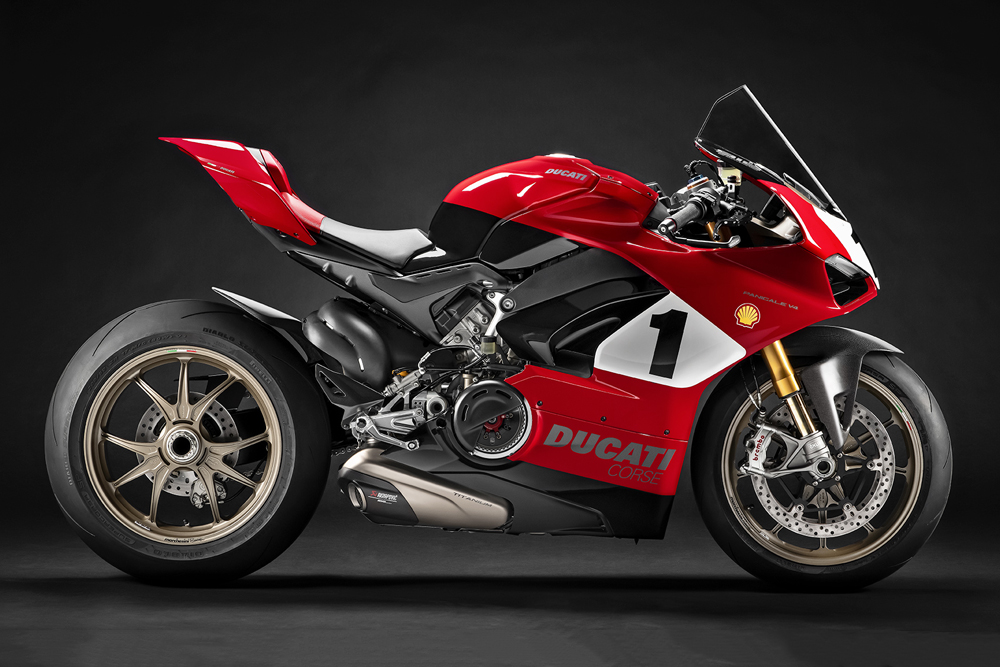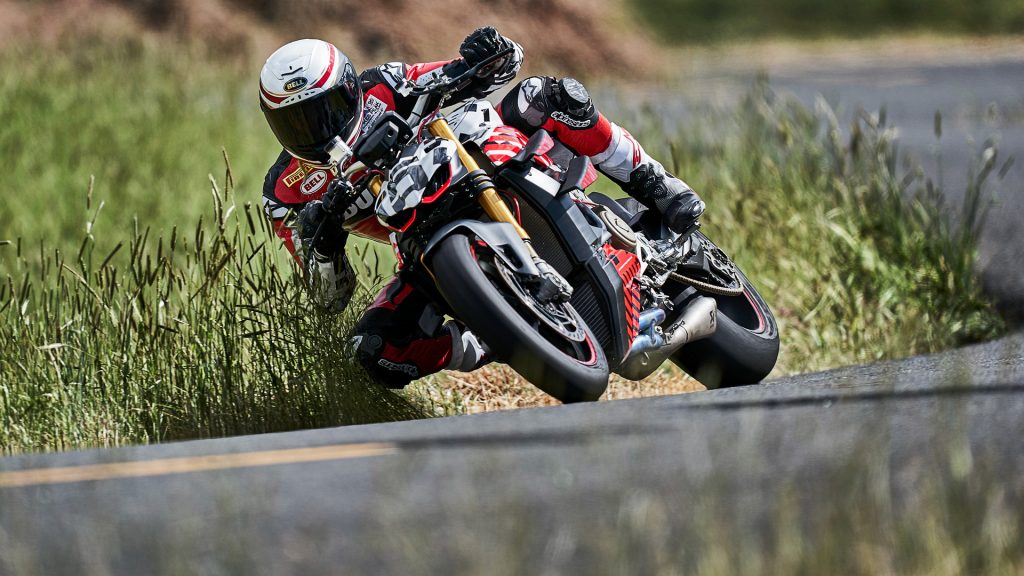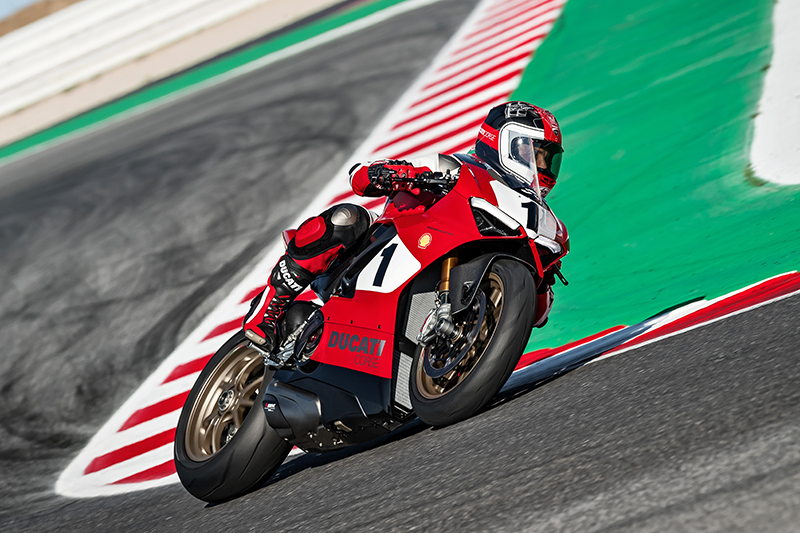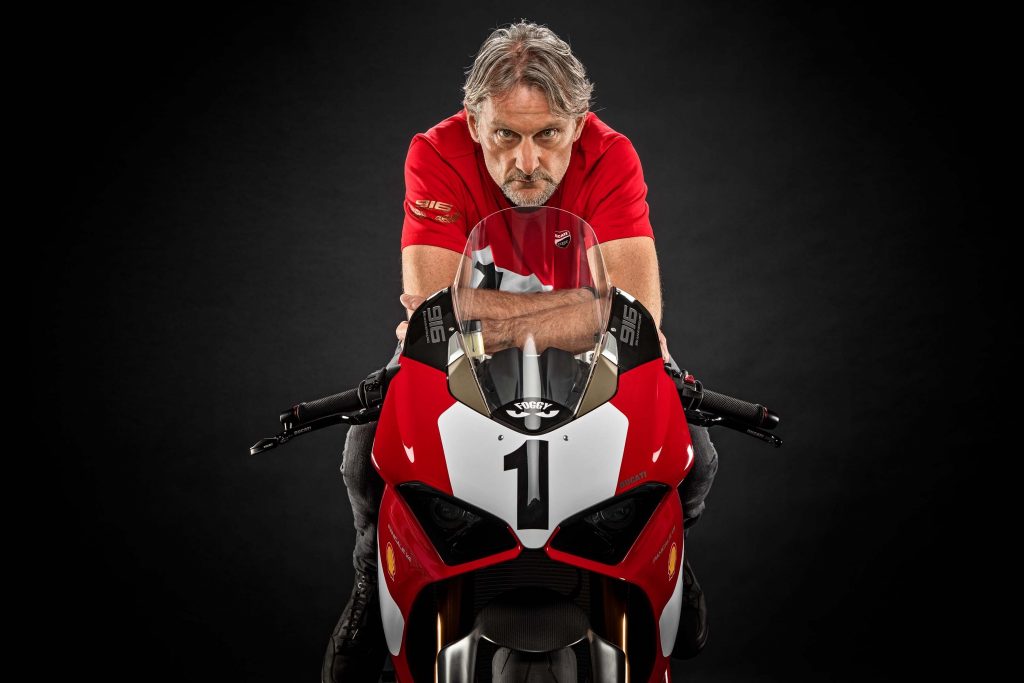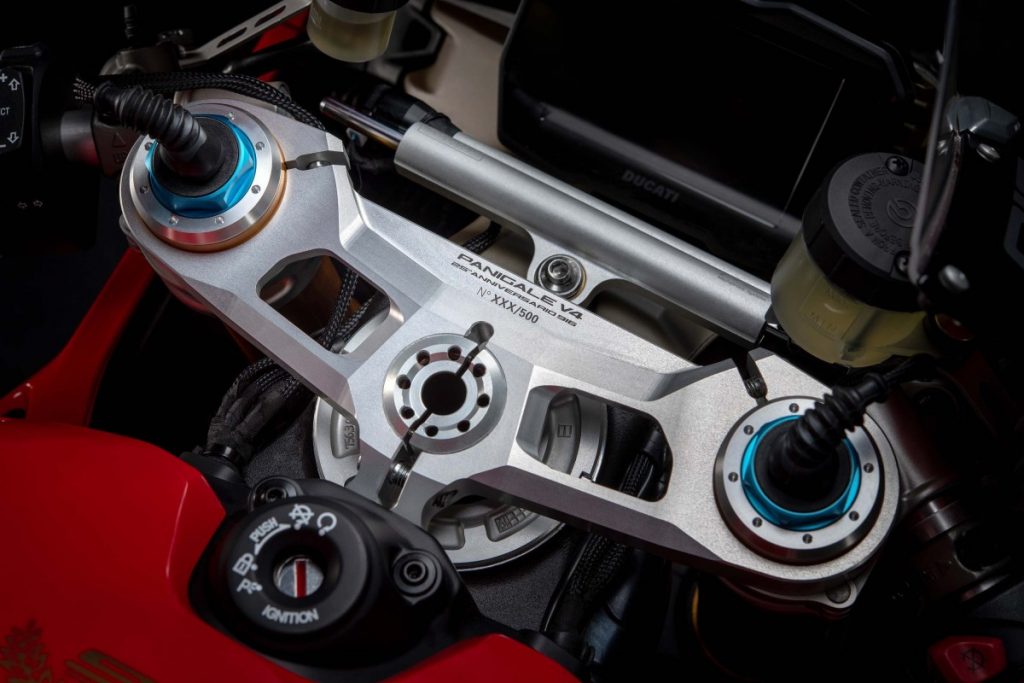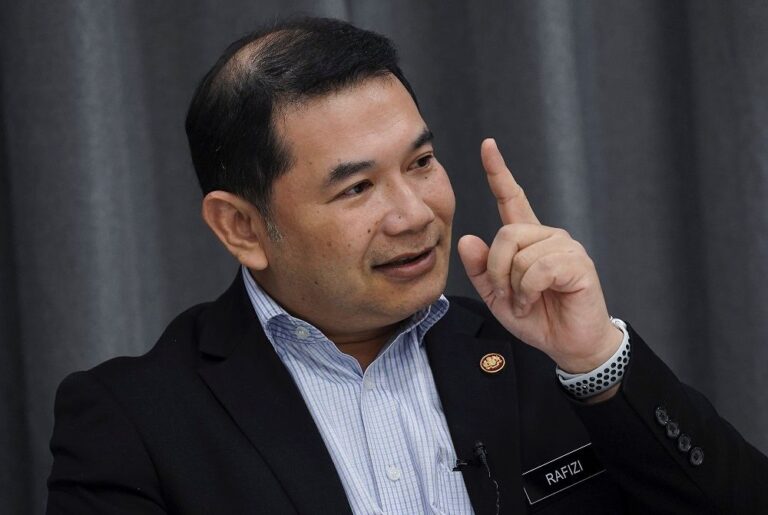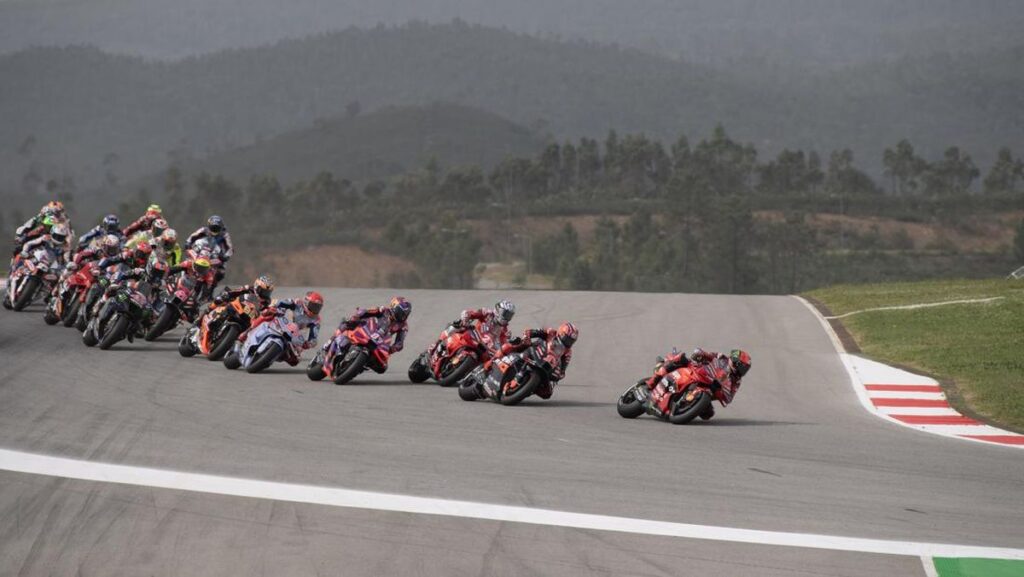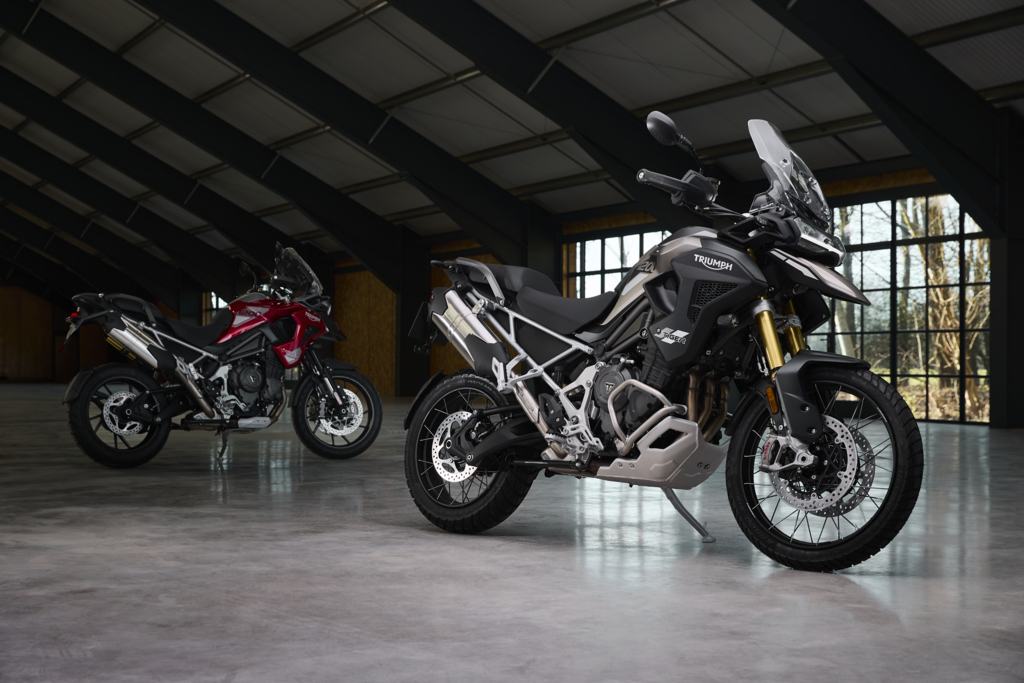-
The Ducati Panigale V4 25th Anniversario 916 has just arrived on our shores.
-
Why did it pay tribute to the Ducati 916?
-
Why was the 916 so important?
The Ducati 916 was released in 1994, which makes 2020 its 26th anniversary. So why are we running this article as if it’s the bike’s 25th anniversary? Well, that’s because the Ducati Panigale V4 25th Anniversario 916 has just arrived on our shores.
Why pay tribute to the 916? What made the 916 one of the most iconic motorcycles of all time?
First of all was its revolutionary styling which went on to inspire how sportbikes would look until this day – including the Panigale. Sportbikes up to 1994 had either round or square headlamps, but the Ducati 916 was the first to utilize the now mandatory “squinting” headlamps. That break was due to the use of projection headlamps that had been introduce to cars in the 80s.
Part of the 916’s styling also made the bike more compact compared to its peers. The diminutive shape helped the rider in being integrated into the bike, which paid in spades in corners.
Secondly but perhaps more importantly, the 916 and its subsequent variants dominated the World Superbike Championship in the 90s. It’s considered a heroic effort for an underdog manufacturer to beat the world’s largest motorcycle makers including Honda.
The 916 wasn’t about power or low weight. Instead, it was about maximizing its strengths, which were cornering ability and hard acceleration out of corners. That 90-degree V-Twin had an irregular firing order which enhanced rear tyre grip so that riders could get on the gas sooner.
Ok, let’s look at its history.
In the beginning
Ducati had already won three consecutive WSBK (before it became WorldSBK) titles in 1990 (Raymond Roche on the 851), 1991 and 1992 (Doug Polen on the 888). However, they were beaten by Scott Russell on the Kawasaki Ninja ZXR-750 after a close fight.
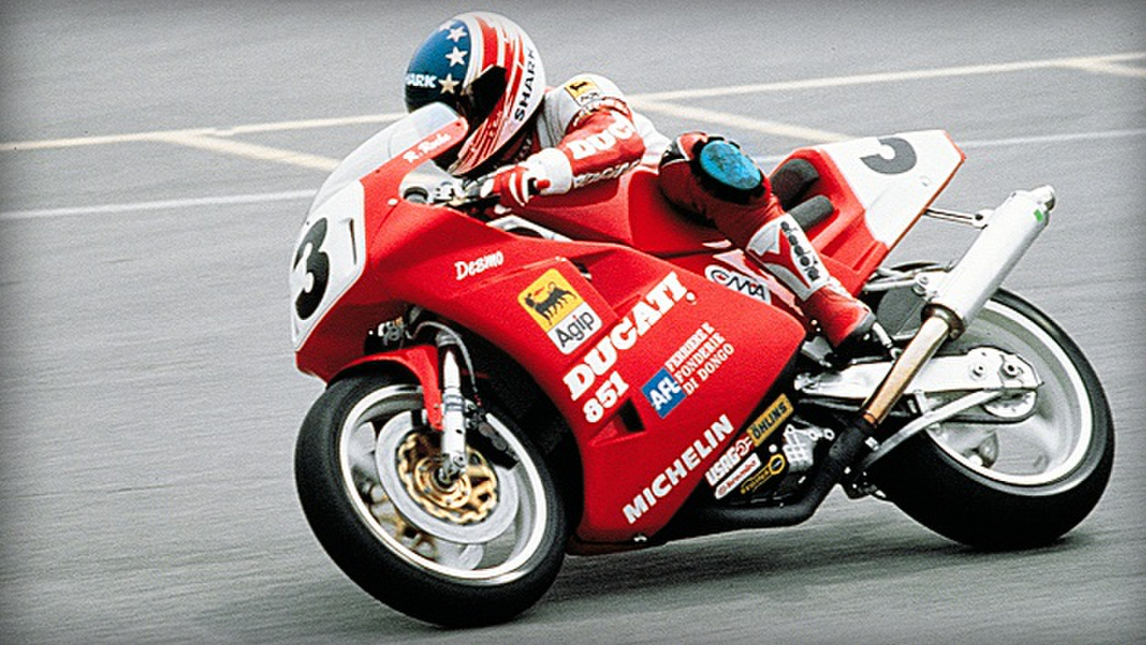
The late Massimo Tamburini was given the task to design a new superbike. But this time he was not only in charge of the design but also the technical aspects, as well.
Tamburini borrowed heavily on the designs of the Ducati Supermono race bike, penned by Pierre Terblanche. The Supermono had that pointy nose, slim waist and small tail profiles.
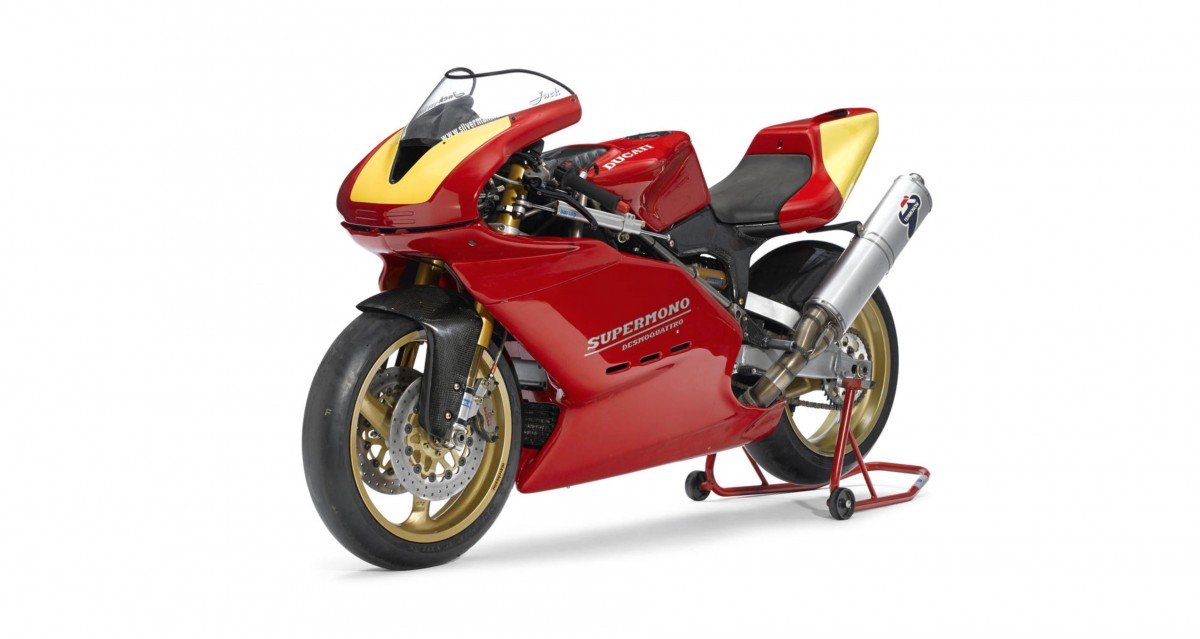
The late maestro was also inspired by the Honda NR which debuted at the 1989 Tokyo Motor Show. The V-Four bike had oval pistons and 32 valves which were derived from the NS500 racebike. It also boasted single-sided swingarm and underseat exhausts. (Before you jump on us for saying that the great Tamburini borrowed his design ideas from others, please be informed that he was the one who revealed these facts.)
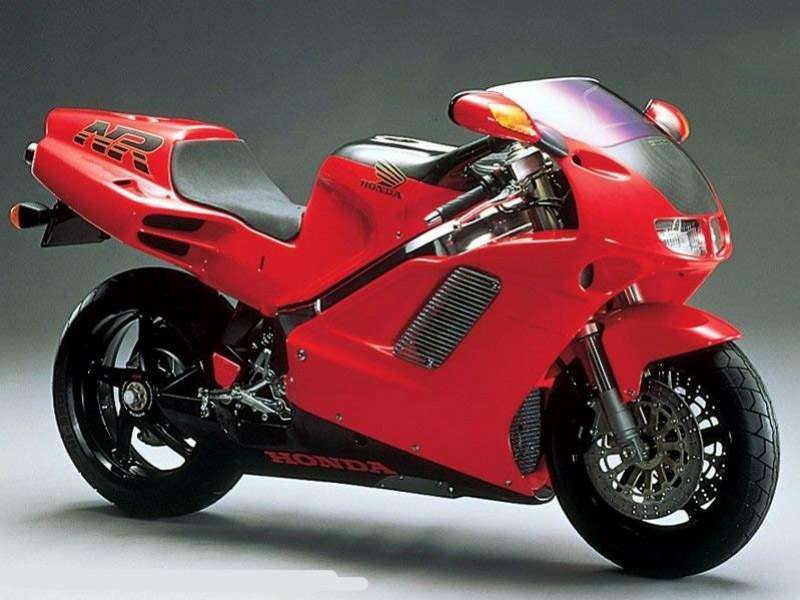
As for the single-sided swingarm, Tamburini would say in later years that he wanted to give the impression of the rear wheel floating. But he also said that the single-sided swingarm will facilitate quick wheels changes in endurance races.
The Ducati 916’s underseat exhausts were a late addition. The original plans had a side-mounted pipe, just like the Cagiva Mito 125 EV. (The EV was penned by Tamburini before the 916 and it actually looked much more closely related to the Supermono.) The late changes also worked in tandem with quick wheel changes.
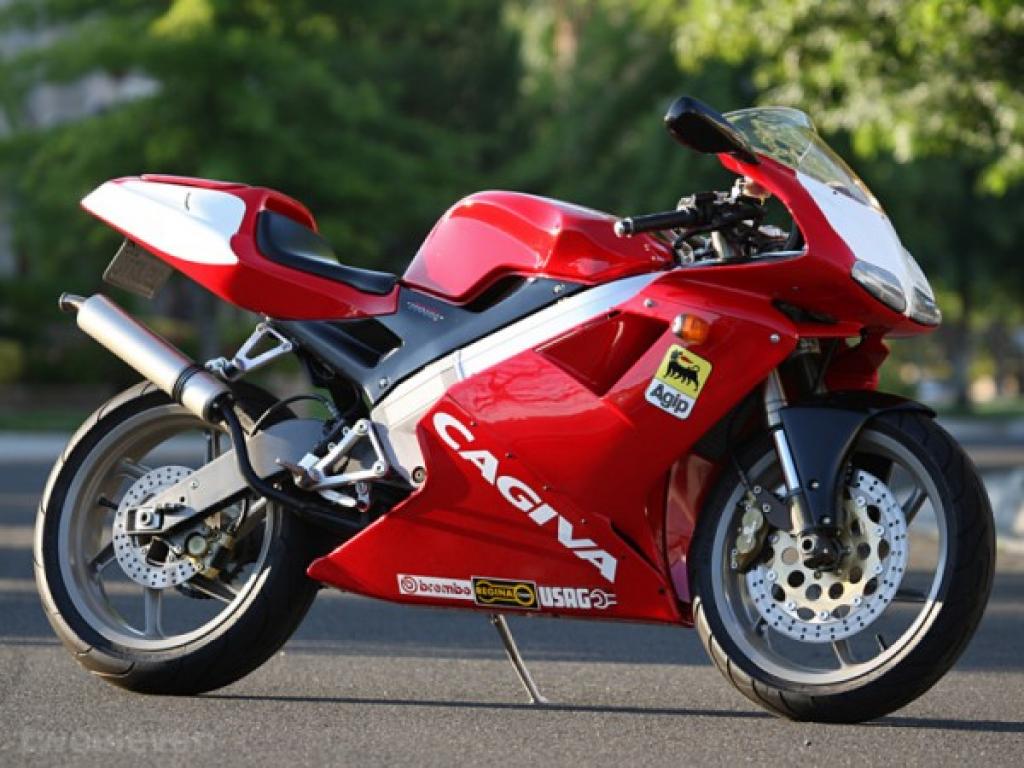
1994: Production began
The Ducati 916 was first revealed to the press at the 1993 Milan show but it only went into production in 1994. That’s because Ducati back then wasn’t a powerhouse like it is now.
Ducati was held by the Cagiva Group under the late Claudio Castiglioni and it was always on the precipice of financial collapse. Production numbers of the 916 was low despite the new demand, hence it was the M900 Monster which actually brought in the cash!
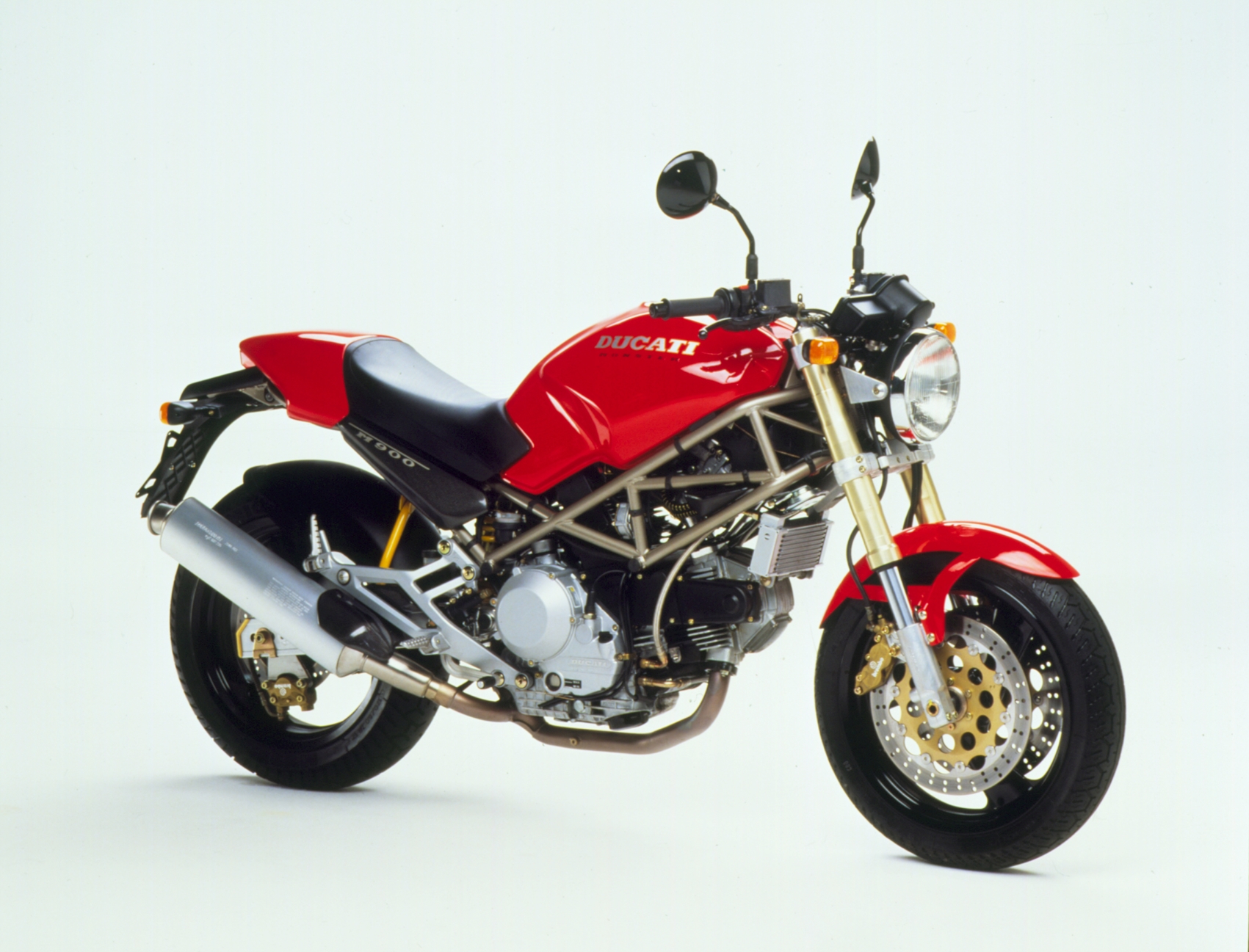
The first 916 appeared in the Strada form with a single seat. The engine produced 114 hp, which was lower than its peers at the time. And it came with Dzus quarter-turn fast-release bodywork fasteners (as did all 916).
Ducati introduced the 916SP (also known as the SP1) later that year which utilized a twin-injector per cylinder set up plus race internals (titanium conrods among others), boosting the power to 126 hp. Supension was Öhlins and brakes were Brembo Gold Line with iron discs. This variant was the homologation model for superbike racing. Only 310 were built in 1994.
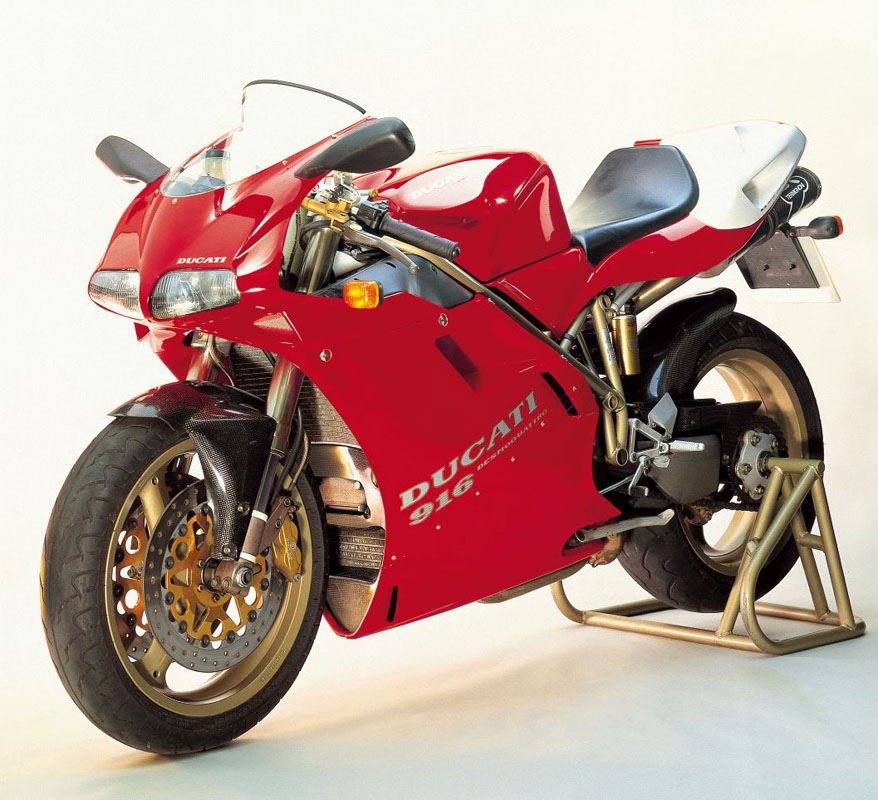
The bike was entered into WSBK straight away. Carl Fogarty won 10 races and finished second in four other races on the way to the title. This, in the bike’s first year of competition.
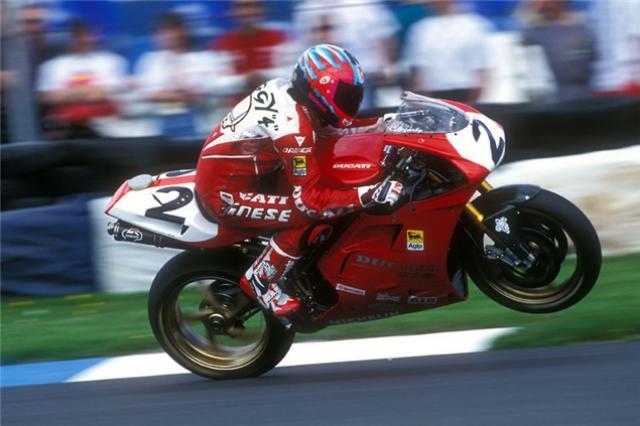
1995: The Senna
The Strada was replaced by the dual-seat Biposto but the specs stayed essentially the same. The factory continued building the SP, too. Now dubbed the SP2, it shared the same specs at the SP1 but there were sources who claimed that Ducati replaced the titanium conrods with steel units. Another 401 examples were issued.
But 1995 saw one of the most famous variants, called the 916 Senna. Development began prior to the Formula 1 champion Ayrton Senna’s demise and it was intended to be higher spec’d and more powerful than the SP. However, when he was killed at the Italian GP in 1994, Ducati toned down the bike and gave it a black colour scheme with red wheels. Only 300 were built. The manufacturer continued that tradition with the Senna II and Senna III in later years.
1995 saw another WSBK title, courtesy of Foggy. He decimated the field this time around by winning 13 races and finishing second in another six. The second title gave rise to mutterings that he won because of the bike. Foggy would drop the bombshell by announcing his move to Honda for the 1996 season.
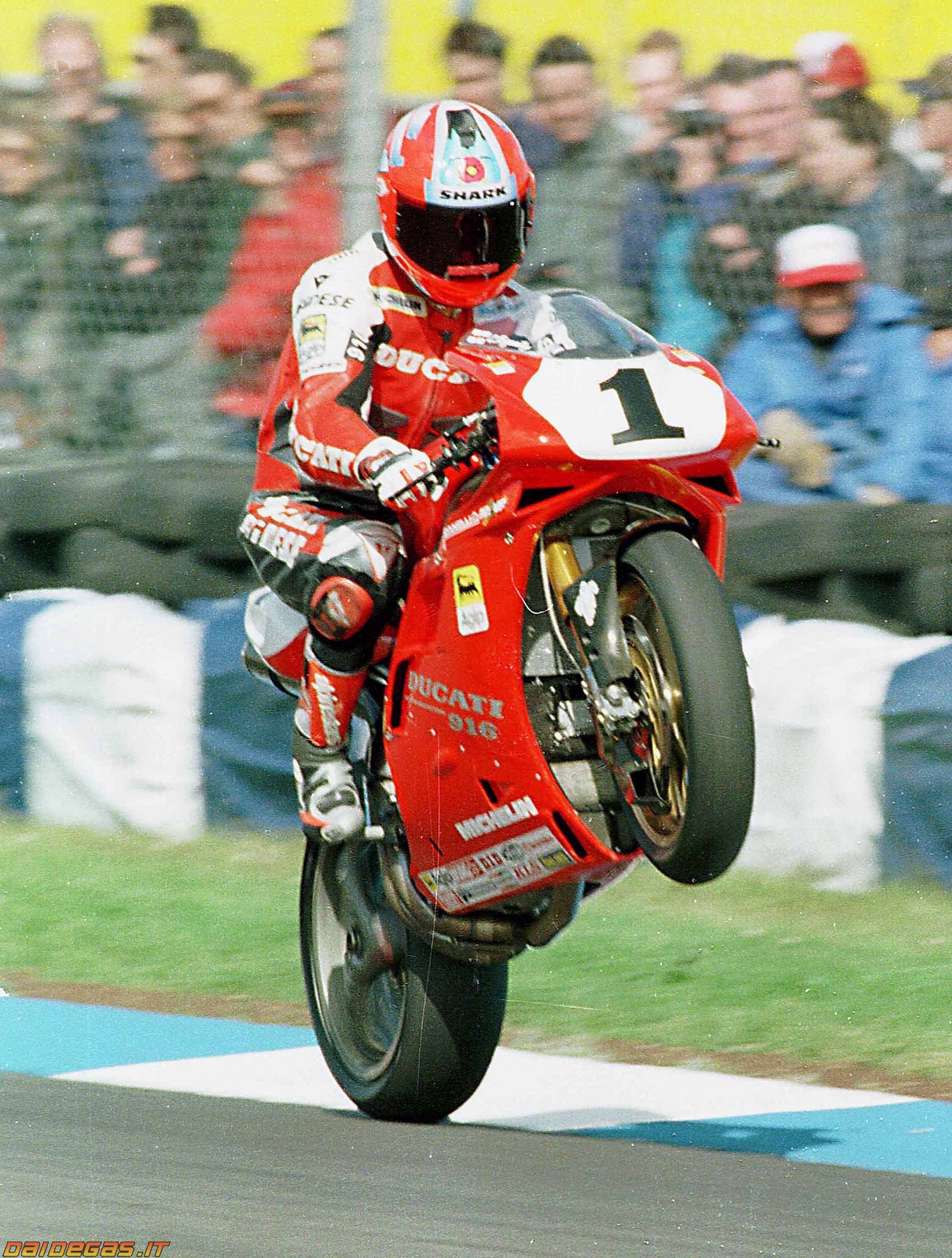
1996: The 955
The Biposto remained unchanged while Ducati kept homologating the SP with new parts for racing.
The race engine capacity had gone up to 955cc. In order to race in the AMA Superbike series in the US, they were required to homologate a certain number of bikes with that capacity. This gave rise to the little known 955SPA (also known as the 955SP). The bore was enlarged by 2mm for the capacity bump. Only 50 were ever built, making it the rarest 916 and one of the rarest Ducatis.
On the WSBK front, Troy Corser stepped up and won the 916’s third consecutive title.
1996 also saw the takeover of 51% of Ducati shares by the Texas Pacific Group (TPG). The extra cash injection saw the Cagiva Group starting to concentrate on the MV Agusta brand side-by-side with Ducati.
1997: The SPS
The SP name was dropped and the SPS was introduced. The latter was meant to homologate the new 996cc engine, which brought it closer to the 1000cc limit for V-Twins in WSBK (four-cylinder engines were limited to 750cc).
Ducati found that the original 916’s crankcases had cracks and stress fractures when they went to 955cc thus new crankcases were produced for the SPS. Bore went up to 98mm while retaining the 66mm stroke. As such, the barrels and heads were new.
The Senna II began production.
Over to WSBK, Foggy came back to the Ducati squad but he had to contend with John Kocinski who had taken over his Honda RC45 seat. The former won four races but also had four retirements, compared to Kocinski’s nine wins and just one retirement. Nevertheless, he finished second overall.
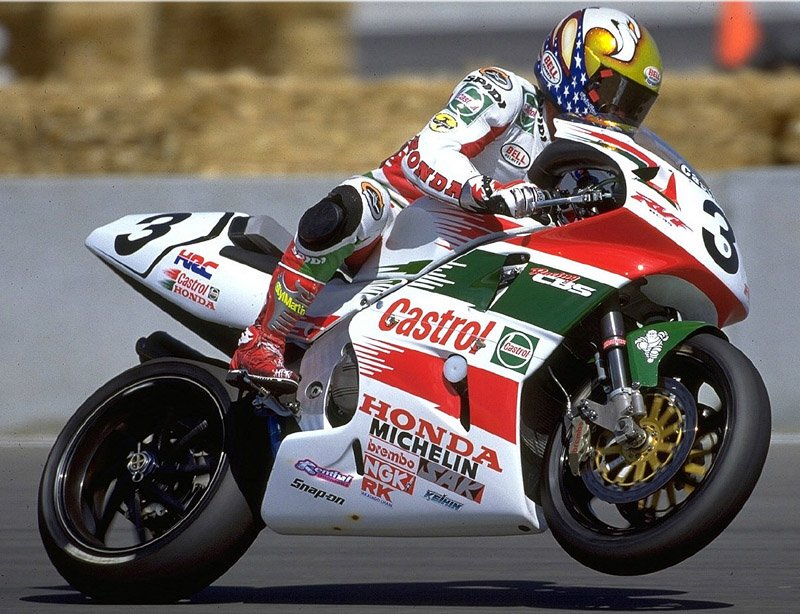
1998: The Foggy Replica
The biggest news this year was the 916SPS Foggy Replica which paid tribute to the great racer. But it was also to homologate a new frame and airbox.
Foggy had complained that the 996 was vastly different when he returned in 1997, mainly bout the snappy throttle response. Instead of building a whole new engine or suspension like what Honda would do, Ducati worked on the V-Twin’s breathing and found that a larger airbox was the key for the increased capacity. It also increased engine power.
But the frame had to be modified to fit the new airbox, besides being lighter with engineered flex. This new frame was also known as the Kyalami Frame as it debuted at the South African circuit for the 1998 WSBK season.
Only 202 were built. One went to Foggy, one was kept in the Ducati museum while the other 200 were sold to the public.
Foggy put in a much more consistent performance this time around and won the championship. It’s his third and the 916’s fourth.
1998 also saw the complete takeover of the Ducati brand by TPG. It marked a new beginning for both Ducati and the MV Agusta brands.
1999: The 996 and 996SPS
The much “forgotten” Biposto finally got a substantial upgrade and took a capacity bump straight up to 996cc. The engine was the detuned version of the SPS, more like if the 996SPS was to comply with the US EPA standards. As such, it used more conventional parts like a standard ratio transmission, and heavier crankshaft and conrods. It shared the SPS’s pistons, valves, heads and crankcase, however.
The previous 916SPS (996cc) was now known as the 996SPS.
Foggy put in a stellar performance on the new bike by winning 11 races, finishing second in another six races, and third twice to wrap up the championship. It was his fourth and the 916’s fifth. Foggy held the record as the WSBK’s rider with the most titles for 20 years until it was broken by Jonathan Rea in 2019 with his five consecutive titles.
Although the Ducati 916 has now ceased to exist, the subsequent models were still considered the 916 as they shared the bike’s DNA.
2000: The Testastretta
The homologation and racing bike’s engine took another capacity bump to 998cc. This was when Ducati introduced the “R” designation in the 996R. It also marked the debut of the Testastretta (narrow head). The head narrows the valve angles to allow the bigger bore and larger valves for power increase. The Testastrettawas later adopted to all liquid-cooled Ducati road bikes.
Honda finally threw up their arms and debuted their own V-Twin sportbike and buried their favourite V-Four format. Called the VTR1000 (SP2 or RC51 race bike), it was a weapon in the hands of Colin Edwards. He beat out Troy Bayliss on the Ducati to win the title.
Bayliss would fight back in 2001 to clinch the title on the 996R. It was the 916’s final victory.
2002: The Final Edition
The 916’s run was coming to an end. With this, the now 998 received some design tweaks. It was also the year when the current Ducati’s model designation made its debut – the base 998, Öhlins suspended 998S, and the 998R homologation model.
There were four special editions including Ben Bostrom and Troy Bayliss replicas, green coloured 998 Matrix (actually a 996 in The Matrix Reloaded) and 998 Final Edition (in 2004).
The 916’s legacy
Ducati would debut the 999 in 2003, designed by Pierre Terblanche, as Tamburini had stayed with Cagiva/MV Agusta. The 999 was maligned by many when it was unveiled, despite proving to be better than the 916. Its design was just too much of a culture shock for the Ducatisti, which prompted Ducati to return to the 916’s design cue in the 1098 in 2007.
Having learned their lesson, the manufacturer continued with the 916’s design character in the Panigale in 2011 and to the current V4.

